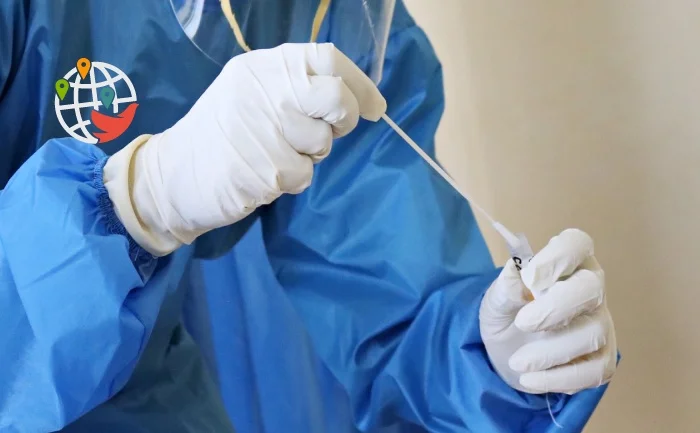Canadian scientists are looking for ways to spot the new wave of the COVID-19 pandemic in time

The virus is constantly mutating, but it is also impossible to perform as many PCR tests as at the peak of the disease.
During the week the number of cases fell by 26% and the number of hospitalizations by 20%. The latest wave is subsiding throughout the country, but it's still too early to relax, experts say.
At the beginning of December 2021, more than 100,000 tests were taken daily; at the beginning of January 2022, about 150,000. At the end of February, only 50,000 tests a day are taken from Canadians. Starting Monday, they will stop testing everyone arriving in the country. With so many tests, it's impossible to tell exactly how many cases of COVID-19 are now in Canada, and there is little material for genomic sequencing of the virus, which increases the likelihood of not detecting a new strain in time.
A separate cause for concern is a case of human infection with coronavirus from a wild white-tailed deer confirmed by Canadian scientists. A different mutation of the 2020 virus, very different from the delta and omicron strains, was found in deer in Ontario and in one person who had been in close contact with them.
Deer infected with variants of the coronavirus have also been killed in the provinces of Quebec, Saskatchewan and Manitoba. Previously, people had only been infected by mink, which are bred on farms in Denmark. Infections from deer are less likely for most Canadians than from humans, but it is still best to be cautious, as there have been cases of deer entering homes in Canadian cities.
Canada is creating two early warning systems for the new wave and new strains of COVID-19:
-
Strengthening national oversight of wastewater;
-
creation of a national PCR testing program using random sampling.
Wastewater tests have already been done in different provinces of Canada. Since coronavirus can be detected in any secretions of infected people, such tests reflect the general level of the virus circulating in a particular area, the number and prevalence of its mutations.
Yet the analysis of a single water sample provides data on an area with 100,000 people and costs no more than a single PCR test. Although Canada has not skimped on coronavirus research and community support since the beginning of the pandemic, the money now spent on PCR tests could be put to better use.

















